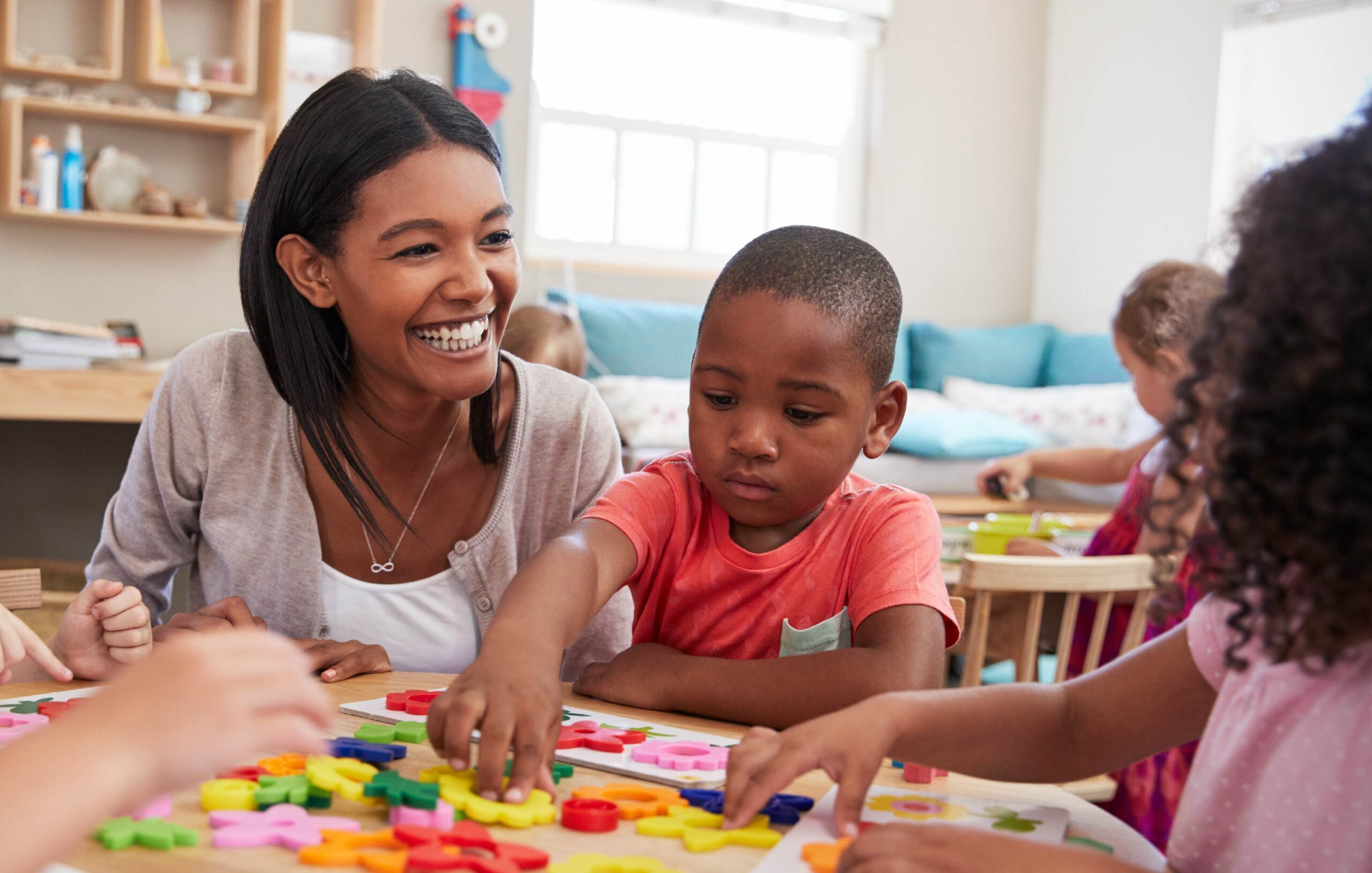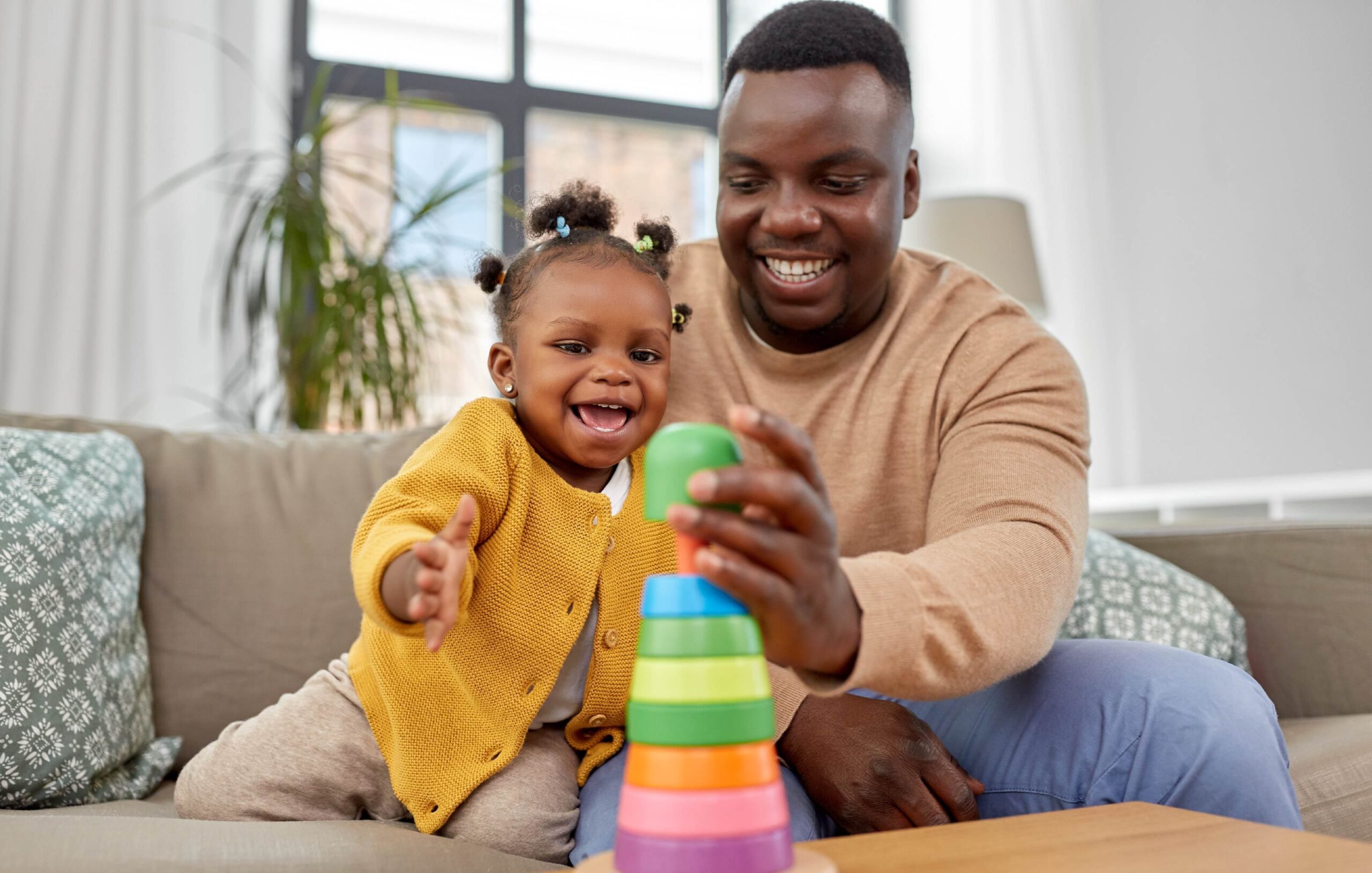Sample Assessment Activities: Outdoor Play & Store
PublishedIn a previous post on the AEPS® blog, we reviewed the benefits of the AEPS®-3 Assessment Activities—now updated and included in the printed materials for the first time. Today we’re sharing two sample activities to give you a feel for how AEPS-3 Assessment Activities can be blended into a program or family’s existing schedule. Take a look at the description, suggested materials and procedures, and targeted skill areas for one home-based assessment activity and one center-based assessment activity.
Home-Based Assessment Activity: Outdoor Play
Targeted AEPS-3 Test Areas: Gross Motor, Social-Emotional, Social-Communication, Cognitive
Description
Young children love exploring the outside world, and they usually engage in many outdoor play activities at home. Whether child- or adult-directed, outdoor play activities—like playing in a sandbox or imaginary play involving animals, scientists, or explorers—offer great opportunities to assess several AEPS-3 Test areas, including gross motor and social-communication skills. Outdoor games are well-suited for assessing groups of children because it’s easy for your team to observe how well children follow rules, run, jump, and play with balls.
Suggested Materials
It is important to note that no special materials are required, just those readily available in nature or the average backyard (i.e., plants, insects, stones, leaves, balls, etc.)
Suggested Procedures
- Encourage the child to use their senses to explore nature (smell flowers, touch rocks or leaves, etc.) and describe what they are experiencing.
- Suggest an imaginary play scenario for the child. They could be an animal or adventurer exploring a forest, farm, or jungle. Use props to help!
- Elicit targeted AEPS-3 Test items by encouraging the child to:
- Explore the environment
- Make simple observations (“A bucket of leaves weighs less than a bucket of sand”)
- Build on observations and explorations through further inquiry
- Experiment
- Generate and test hypotheses (“If I throw a leaf and a rock with the same force, which one will go farther?”)
- Explain their understanding of different phenomena
- Predict the outcome of their investigations
- Draw plausible conclusions about events beyond their personal experience
Get a download of this assessment activity
Center-Based Assessment Activity: Store
Targeted AEPS-3 Test Areas: Math
Description
Every center-based program has a wide variety of items (pens, erasers, etc.) that you can use to evaluate young children’s math skills. The Store assessment activity offers the chance for your team to observe children counting items, reciting numbers, reading and writing numerals, or practicing subtraction.
Suggested Materials
- Pens
- Erasers
- Notebooks
- Paper tablets
- Rulers
- Other easy-to-count school items
Suggested Procedures
- Explain to the child or children that they will be playing store using items from the classroom, taking turns as the buyer and seller. The child playing the buyer could hand a list of items to the seller, and the seller could count them out.
- Write the price of an item on a piece of paper and then ask the child to say the amount.
- Have a child play the role of the person who prepares the order. Hand the child an envelope with the number of items to prepare, and have them count the number of items and write the number on the paper to place the order.
Get a download of this assessment activity
With the AEPS-3 Assessment Activities, your program can conduct assessment and progress monitoring in less time, with better results. For a more in-depth look at how to use AEPS-3 Assessment Activities, including a sample page from a data collection form, download this free excerpt from AEPS-3 Assessment Volume 2.



